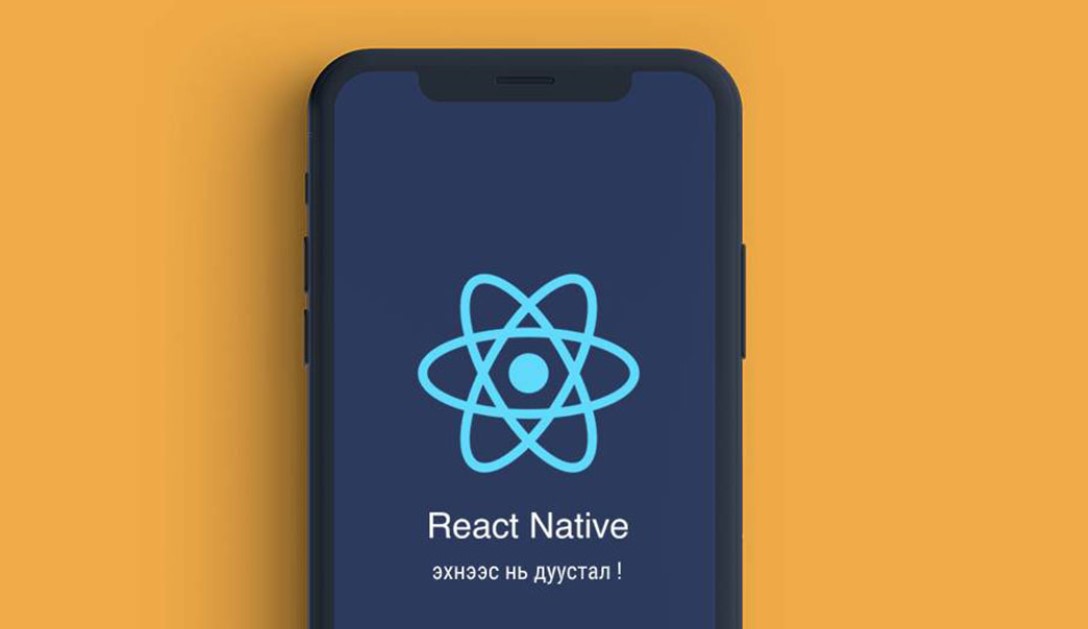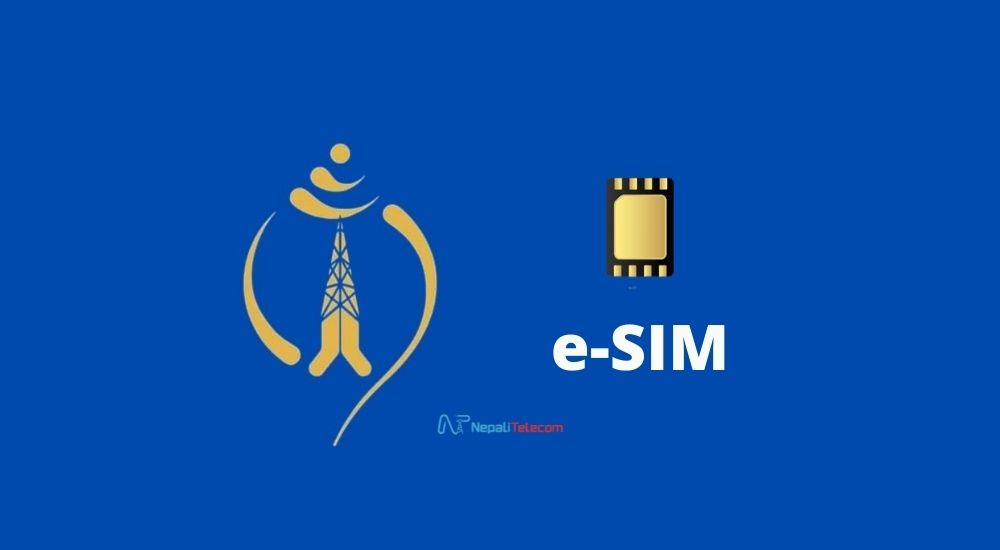In 2015, Facebook launched React Native as an open-source project. It was created so programmers could leverage JavaScript and React to create mobile apps. The objective was to establish a standardized method of development so that code could be written once and deployed to several systems. React Native provides a Native-like experience on iOS and Android by translating the code into Native UI components using Native components and APIs. It’s been adopted by a broad user base and has a robust developer community behind it. In this article, we will discuss what is React Native and React Native limitations and advantages.
Reactive Native-Overview of the Tech Stack
Here’s a rundown of the essential components of the React Native tech stack:
- React: React is a UI library written in JavaScript. It’s the backbone of React Native and lets programmers build modular user interfaces.
- JavaScript: The JavaScript programming language is supported by React Native for the creation of both application logic and user interface components. It takes advantage of JavaScript, a popular programming language, to create mobile applications.
- JSX: JSX is a syntactic extension for JavaScript that allows developers to build HTML-like code within JavaScript. In React Native, it is used to specify how UI elements should be arranged.
- Native Components: By leveraging the Native UI components offered by the underlying platforms (iOS and Android), React Native facilitates cross-platform app development. These widgets provide a Native-like experience because they are rendered using Native APIs.
- Bridge: In order to facilitate interaction between JavaScript and Native code, React Native uses a bridge. It opens the way for JavaScript to utilize Native APIs, gain access to devise features and render Native UI components.
- React Native CLI: The command-line interface (CLI) for React Native is a helpful tool for creating and testing React Native apps. It includes commands for establishing projects, running apps on simulators or physical devices, and packaging code for release.
- Metro Bundler: React Native utilizes the Metro JavaScript bundler by default which is a key factor in weighing the advantages of React Native. It optimizes the build process and enables hot-reloading for quicker development cycles by bundling and serving JavaScript code.
- Platform-specific APIs: To facilitate the incorporation of Native capabilities into apps, React Native gives programmers access to a wide variety of platform-specific application programming interfaces and features. Some examples of these application programming interfaces are camera access, push notifications, and geolocation.
- Libraries and Packages: One of the key benefits of using React Native is that there is a large community of third-party libraries and packages for React Native that expand its features and capabilities. These libraries cover navigation, state management, formatting, and integration with other services.
How React Native Advantages and Disadvantages are Helping in Expanding Horizons
The number of supported systems and devices has steadily increased over time, giving programmers greater flexibility in their app creation. In addition to mobile platforms like iOS and Android, developers can use React Native to create apps that run on the web, as well as desktop systems like Windows and Mac OS X with the help of React Native for the web.
As a bonus, React Native allows developers to create apps for game consoles like Xbox and Playstation, as well as smart TV devices like Apple TV and Android TV.
Limitations with React Native
This section discusses the potential React Native limitations:
Android Development Bugs
Although React Native does not require separate development for iOS and Android, it is still not perfect. When the updates are split up between Android and iOS, there is a good chance that the two will run differently from the original. Though these problems are easily fixed, you should still allow for sufficient testing time before releasing your Android app to the public. This is a crucial issue when weighing the advantages and disadvantages of adopting React Native.
Mistakes can be made
If it’s simple to code the correct thing, it’s also simple to code the wrong thing, which is one of React Native’s disadvantages. Furthermore, even seemingly insignificant errors can have serious consequences for your app’s performance. Programs that are simple to use are simple to fix. And with a greater number of qualified developers working on this framework, you are more likely to receive prompt corrections.
RN cannot solve some tasks
When RN isn’t enough to get the job done, developers on IOS and Android have to turn to write code from scratch in each platform’s Native language. It has the limitation that not everyone who collaborates with an RN is familiar with the Native languages for IOS and Android programming.
Benefits of React Native
Now let’s dive into the advantages of React-Native:
Easy to Understand UI Design
The React Native framework simplifies the process of designing user interfaces. Each UI view is developed in the same way as it would be in a Native app environment—by using a language similar to CSS. The framework will ensure the program renders correctly on any phone or mobile device.
Fast Bug Fixing
The RN framework can cut development times in half while simultaneously reducing costs. And since development is simpler, you have a greater opportunity to experiment. You can do more testing and looping if you have more resources at your disposal.
Leverages the use of Javascript
68%of developers worldwide use JavaScript, making it the most popular programming language in the world. Since the framework’s code is written in JavaScript, anyone familiar with the language will have no trouble picking up React Native. Because of this benefit of RN, programmers don’t have to learn a new language and may continue utilizing the same development tools (JavaScript) to create mobile applications.
Our Conclusion for React Native Development
In conclusion, React Native is a powerful framework for mobile application development that enables developers to create cross-platform apps using JavaScript and React. It provides a standardized method of development, which promotes code reusability and shortens cycles. React Native offers a feel that is consistent across both iOS and Android by making use of Native components and APIs. With its extensive ecosystem of libraries and packages, React Native advantages and disadvantages provide developers with the freedom and scalability they need to create feature-rich apps.












